Review: Gothic Instruments Dronar: Orchestral Woodwinds
Gothic Instruments’ latest title in the excellent Dronar series reinvents any existing stereotypes about woodwind. We don our cloak.
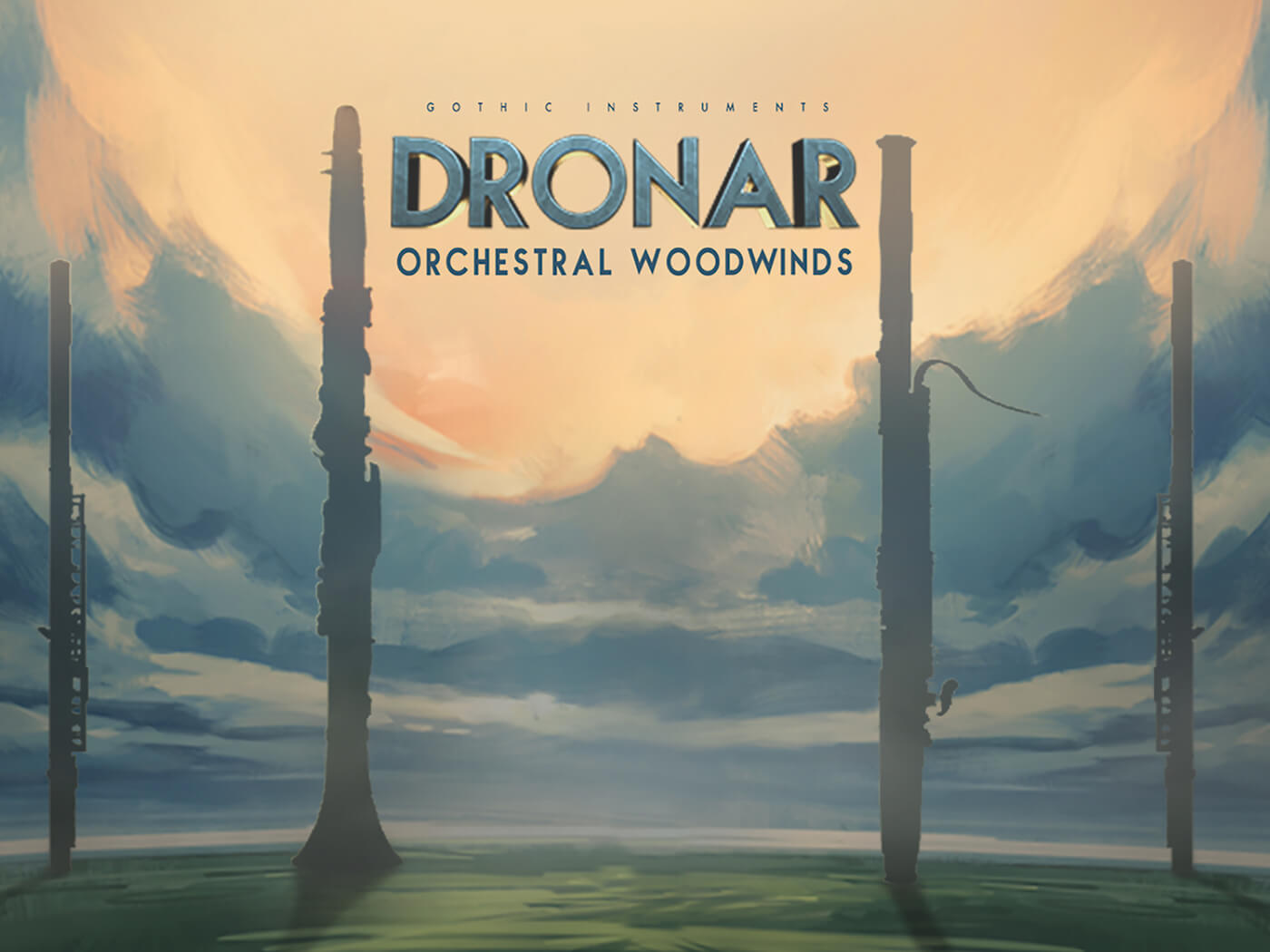

Price £59
Contact Time+Space
Dronar: Orchestral Woodwinds key features:
- Otherworldly orchestral woodwind library
- Great source for drone and pulsing content
- Sounds derived from flutes, clarinets, oboes and bassoons
- Includes 204 preset snapshots
- 8.5GB of sample audio
- Real-time control available
- Seven pages of powerful features
- Onboard effectsRequires full version of NI Kontakt (5.8 or higher)
There’s a lot to like about the folk at Gothic Instruments; it feels like they just don’t want to leave any stone unturned, and it’s driving them to ensure that every possible category of instrument has been catered for within the company’s acclaimed Dronar series. Following on from its World Flutes package, things now take a turn toward the more Western variety
of woodwind instrumentation.
First to installation; the Dronars are not NI library compliant, so you will need the full version of Kontakt for use, with loading achieved through the file-hierarchy area of Kontakt. In the past, criticism has been levelled at patch loading times, and to make the experience altogether faster, you will need to drop the presets, which take the guise of a set of Snapshots, into the appropriate folder. This is not difficult, but it adds a further level to the installation process, which is quite manual.
Anyone familiar with previous Dronars will not have any issue getting their head around the construct. Each patch is comprised of up to four sound elements, formed in ranges of Lo, Mid and Hi, along with an FX element.
As this library is drawn from a conventional orchestral wind section, there are four sonic palettes that can be called upon. These range from flutes in the upper register, lowering to oboes and clarinets, with bassoons shoring up the bottom end. However, it is important to note that the instrumental ranges do not fall into the Hi-Mid-Lo construct, as one might expect.
Thanks to some extensive and clever sound-design work, you will find samples from flutes available for use in the low register, while the same can be said of bassoons in the upper register. In fact, despite the naming of this package as Orchestral Woodwinds, it’s possibly not the best description of what you think you might hear. This is more like a sizeable and highly usable collection of pads, drones and pulsing elements which offers a wonderful sense of an acoustic starting point, with a depth of sound design that can truly inspire – especially for use in contemporary production work.
Snapshots and presets
Included as part of the suite is a selection of 204 snapshots, which are sensibly categorised into 12 distinct areas, such as Atmospheres, Leads and Pads. While this can be an incredibly useful starting point, it’s easy and enticing to get stuck into creating your own patches. Each of the Hi, Mid and Lo partials can be compiled from up to two instruments, which are balanced within the partial itself using a straight balance fader.
Once selection of the specific instrument is made, further sub menus offer some interesting examples of each instrument. The bassoon elements could be considered reasonably straight-laced, with incarnation of full sustain, or trills available in both semitone and tone formats. The sustained timbre could be usable in an environment where lead or melodic duties might be required, which is a break from the more usual Dronar calling card.
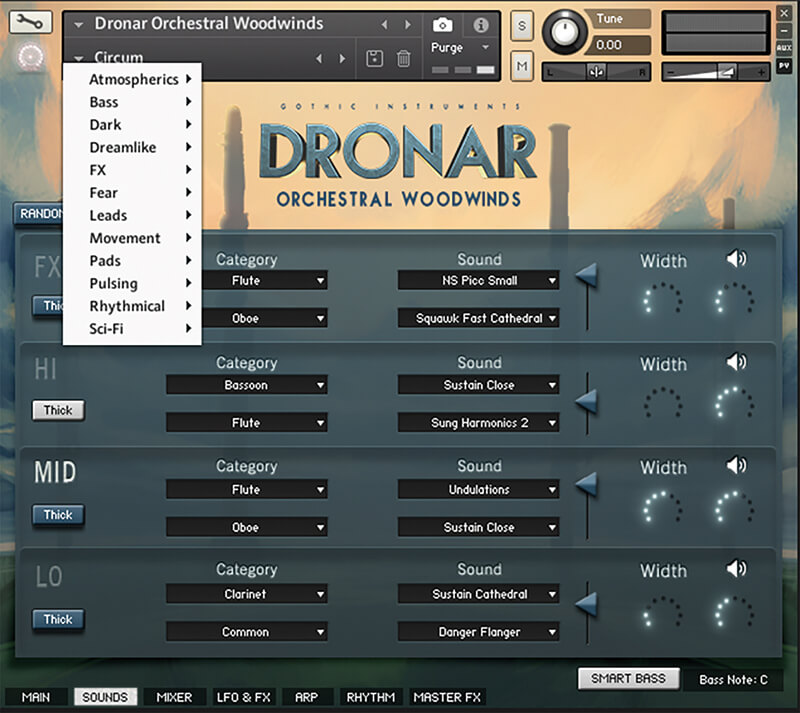
However, move into the realms of the flute, and the bewilderment of interest available from the submenu will doubtless entice. There are varying forms of undulation and detuning offered at this stage, while the Shivers partial leaps out with sampled randomness, allowing for the creation of the most interesting of backdrops.
This is appealing to me personally in a dry setting, where it’s possible to hear every whisper of breath from the captured player, but there are plenty of options available for the user to add to the basic construct to a much greater degree. Each layer is equipped with its own Thick button, which differs slightly in offered component, depending on the layer. But as a general guide, it adds additional octaves to whatever is being played, thus thickening the texture.
Moving to the Mixer page will allow for further enhancement; strangely, this is where you will find a basic low-pass filter, equipped with resonance, while a similarly basic attack/release envelope allows for volume-based shaping, at the partial level. You can begin to imagine that by compiling just a couple of levels, this could easily become huge in sound and shape, while the onboard FX section merely adds to this intrigue-laden construct.
An unexpectedly useful and interesting feature is the ability to randomise the samples, thanks to a button labelled with that very legend. This can bring up all sorts of happy mistakes, which could either be saved and kept, or act at a useful starting point to further sculpting.
The ubiquitous arpeggiator page has always been great in these Dronar instruments, allowing you to create varied movement and arpeggiation. Alongside the LFO page, this could offer a degree of crossover, with both being sync’d to the DAW-based tempo. It’s a further possibility to be able to apply these at the partial level, allowing for unadulterated drones to nestle seamlessly next to partial-based movement. However, this could almost become too much, if you factor in the movement contained within some of the samples in this package.
The one page that we are yet to consider is the main page itself, which offers a level for each of the partial layers. This is the one page which I have always found to be both useful and great in operation, as it offers the simple ability to both see and easily control each layer.
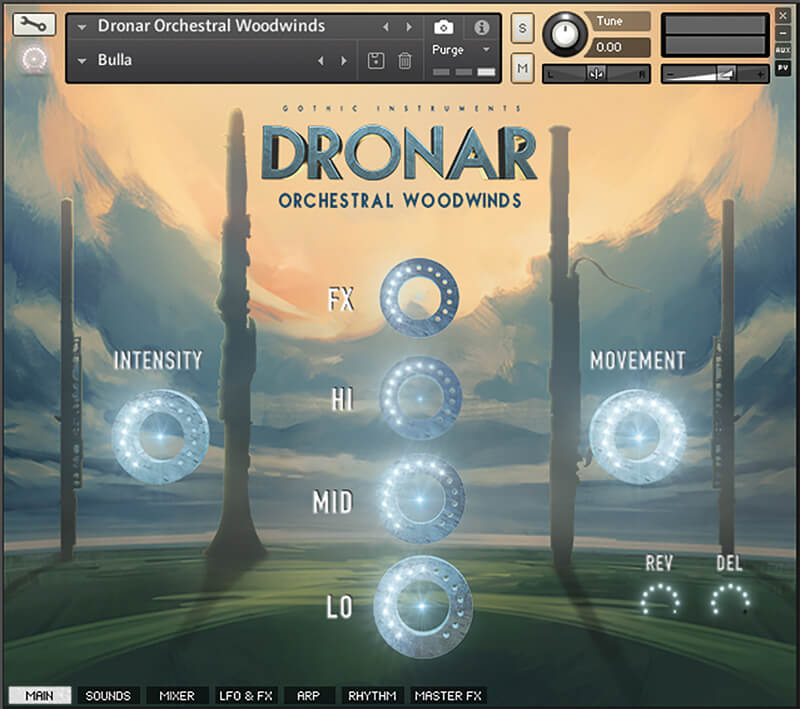
This allows the most simple and effective of builds and palette control to become available, turning this Dronar into a powerhouse of a creative tool and instrument. Match each layer with faders on a MIDI controller and you can do so much with a single patch. It’s exceptionally useful, if you find yourself needing to write music which builds.
Conclusion
This is quite a surprising package, but in a good way, and one that seems to just keep on giving. It is not in any way a conventional woodwind library; instead, it’s a really great palette of fantastic-sounding colour that will offer plenty to you as a producer. The extensive collection of Snapshots is really great, but I would implore anyone considering this to getto grips with the sensibly laid out and easy-to-use layers of editing, which really do offer so much more, while allowing the user to create something unique for their own work.
The library does seem to occupy a fair amount of loading on the CPU, with my up to date top-line MacBook Pro reporting regular 20-30 per cent usage with a single instrument, but the content within each single patch is so huge, it’s unlikely you’ll want too many of these plugged in simultaneously. These are Woodwinds, but not necessarily as you might know them, and that’s a good thing in this context.
Do I really need this?
If you are looking for a good orchestral woodwind library, for more regular orchestration, this is not what you’ll want, but it might work alongside any prospective purchase. It is absolutely not designed as a conventional woodwind section, but what it does do is offer a great palette of interesting sounds which are derived from woodwind sources, while being given some interesting treatment along the way.
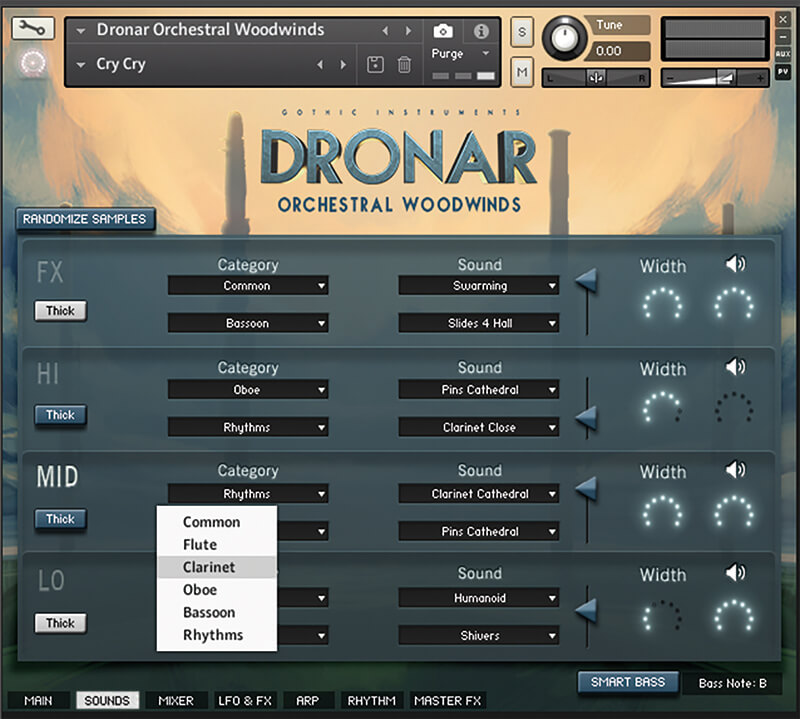
As a source for material to act as beds or pads, whether rhythmic or static, this is a really great offering and one that works well if used with a degree of real-time control. It is absolutely an instrument in its own right, and in my view represents very good value for money. If you like the other Dronar packages, this one feels suitably different to me, offering a more distinct colour, which should appeal to both new users and other Dronar diehards alike.
Alternatives
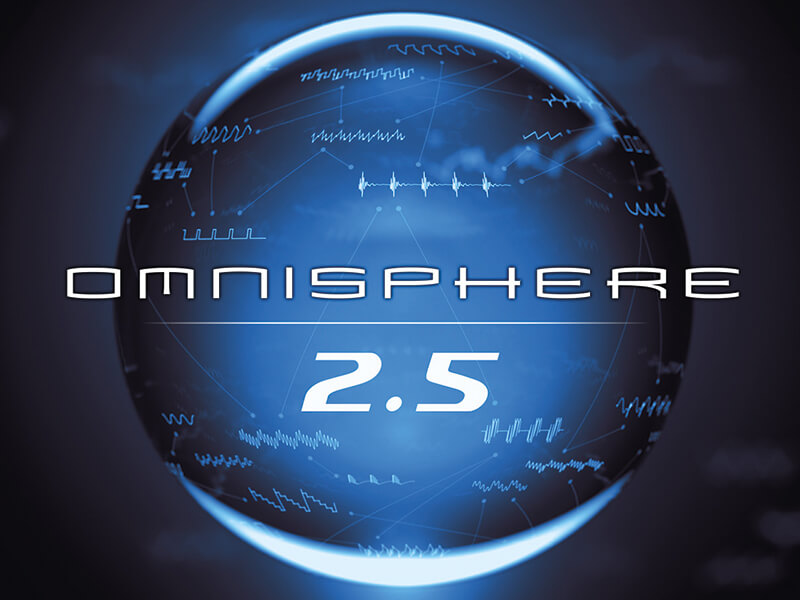
Spectrasonics
Omnisphere 2.5 £339
This continues to be one of the finest sources for great production content, offering a fine mixture of organic and synthesised starting points. Great for drones, gates and pulses and loads more – but it is at a higher price point.
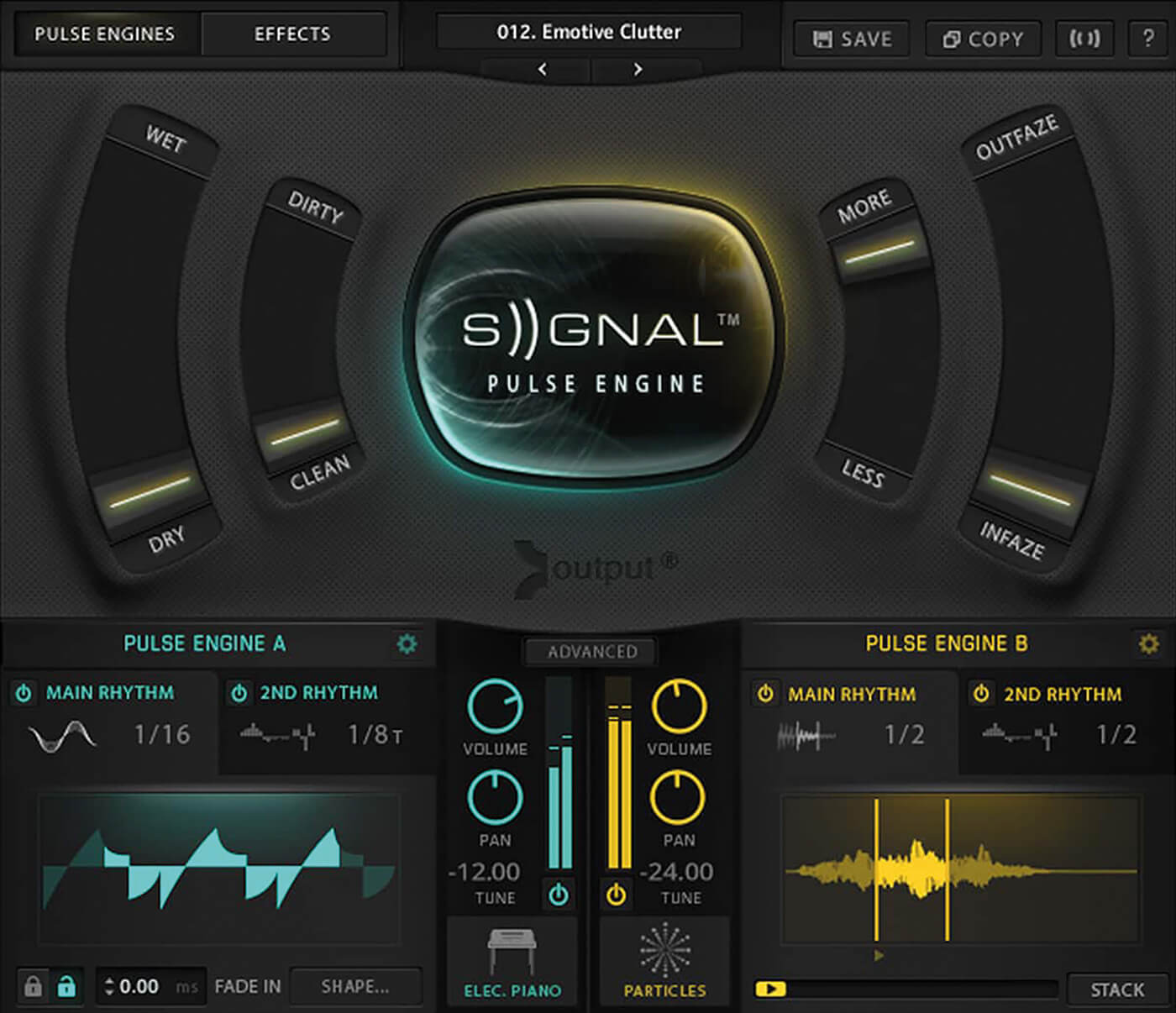
Output
Signal £175
If you’re in need of tones that pulse, you could do better than look at Signal, which makes something of a manifesto for creating sounds that do just that. It’s also equipped with four faders that can be driven in real time to create superb builds.